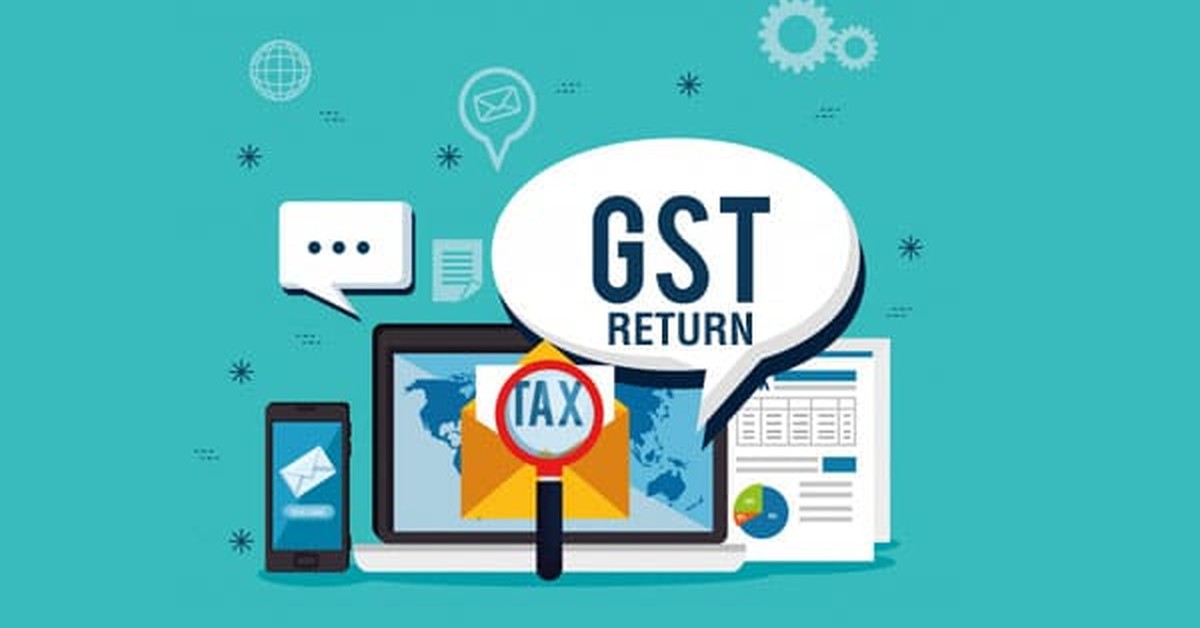Introduction
When it comes to filing a Goods and Service Tax (GST) return, taxpayers need to exercise caution to prevent the inconvenience of unnecessary reconciliation. Therefore, it is important to understand the common mistakes to avoid while filing GST returns. But before focusing on mistakes, let us first understand what a GST return is and the various types of GST returns.
What is GST return?
A GST return is a comprehensive document that records all income, sales, expenses, and purchases that a GST-registered taxpayer must report to the tax authorities. GST mandates that registered dealers file GST returns that include a broad range of categories, such as sales, Input Tax Credit (ITC), purchases, and Output GST (on sales).

Different type of GST returns
The Goods and Service Tax (GST) has 13 different types of returns, namely GSTR-1, GSTR-3B, GSTR-4, GSTR-5, GSTR-5A, GSTR-6, GSTR-7, GSTR-8, GSTR-9, GSTR-10, GSTR-11, CMP-08, and ITC-04. However, not all returns apply to all taxpayers as they vary based on the type of registration and taxpayer.
Taxpayers with a turnover of more than INR 5 crore must also file a self-certified reconciliation statement in Form GSTR-9C. In addition, taxpayers can obtain statements of Input Tax Credit known as GSTR-2A (dynamic) and GSTR-2B (static). Small taxpayers who are registered under the QRMP scheme can use the Invoice Furnishing Facility (IFF) to provide their Business to Business (B2B) sales for the first two months of the quarter. Despite this, they are still required to file monthly returns on Form PMT-06.
7 Mistakes to avoid while filing GSTR
Listed below are seven common mistakes that taxpayers make while filling out their GST returns, whether intentionally or unintentionally.
1. Not filing NIL return when there is no sale or purchase
Many taxpayers assume that if they have no sales or purchases, they are not required to file a NIL return. However, this is a common misconception. Under GST Law, individuals registered under GST must still file a NIL return, even if no transactions took place during a tax period. Failure to file a NIL GST return can result in a monetary penalty, and the tax department may issue a notice to cancel the GST registration for non-filing of a GST return.
2. Same GST return treatment for Zero-rated & Nil-rated supply
There is a common misconception among registered taxpayers that zero-rated and nil-rated supplies have the same GST return treatment. However, there is a significant difference between the two. Nil-rated supplies are those that are taxable but have a GST rate of 0% because they are either exported out of India or located in a Special Economic Zone (SEZ). If a taxpayer declares zero-rated supplies in the nil-rated column on their GST return, they may face difficulties when claiming a refund for zero-rated supplies. Conversely, declaring nil-rated supplies in the zero-rated column may lead to issues during department audits and scrutiny. To avoid unnecessary legal complications, it is important for taxpayers to exercise precautions when filing nil and zero-rated supplies in their GST returns.
3. Fails to reconcile GSTR 1 & GSTR 3B
Failing to reconcile GSTR 1 and GSTR 3B returns on a monthly basis is a biggest mistake made by some registered taxpayers. It is important for every individual to ensure that their GSTR 3B and GSTR 1 returns are reconciled on a monthly basis prior to filing GST returns.
4. Reverse-Charge Mechanism is not being paid
The government has designated certain goods and services for which recipients are responsible for paying the reverse-charge. If a taxpayer fails to pay the reverse-charge tax, they may face additional interest payments and lose the ability to claim input tax credit. Furthermore, it is important to note that the reverse charge tax cannot be paid using Input Tax Credit (ITC) and must be paid via challan. Once the reverse-charge challan is paid, taxpayers can claim input tax that can be offset against output tax.
5. Incorrectly entering invoice details when filing GSTR 1
If the recipient of goods or services provides their GST number to the supplier, the supplier must enter the recipient's invoice details. The supplier's invoice-level information provided in GSTR 1 is automatically populated in form GSTR 2A, which enables the recipient to claim input tax credit for the GST tax paid to the supplier. However, if the supplier enters incorrect invoice details or fails to report the invoice in their GSTR 1 return, the recipient may be denied the input tax credit for that particular invoice.
6. Entering export sales details to the regular sales column
Export sales should be declared in the zero-rated supplies column and not in the regular sales column. If a person declares export sales in the regular sales column, it may lead to the refusal of GST refund. Therefore, it is important to exercise caution when providing information about export sales.
7. Delay or not filing of GST return on or before due date
Filing GST returns on time is of utmost importance. Failure to file GST returns on time can result in the cancellation of GST registration and financial penalties.
Conclusion
In conclusion, filing GST returns is an important aspect of running a GST-registered business. It is important to exercise precaution and avoid common mistakes to prevent unnecessary reconciliation and legal complications. Taxpayers should also be aware of the various types of GST returns and which ones apply to them based on their registration and turnover.






 CAclubindia
CAclubindia
